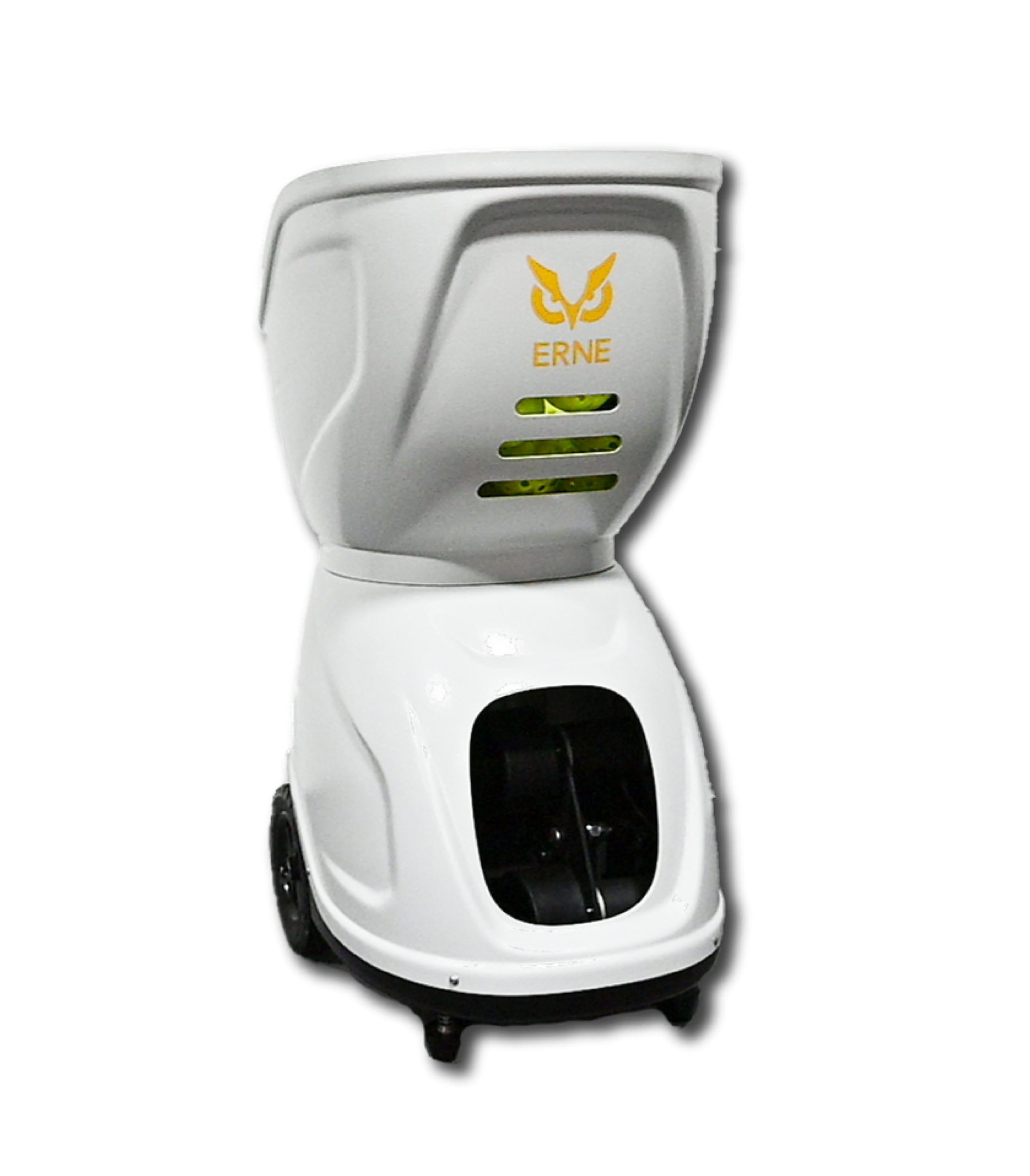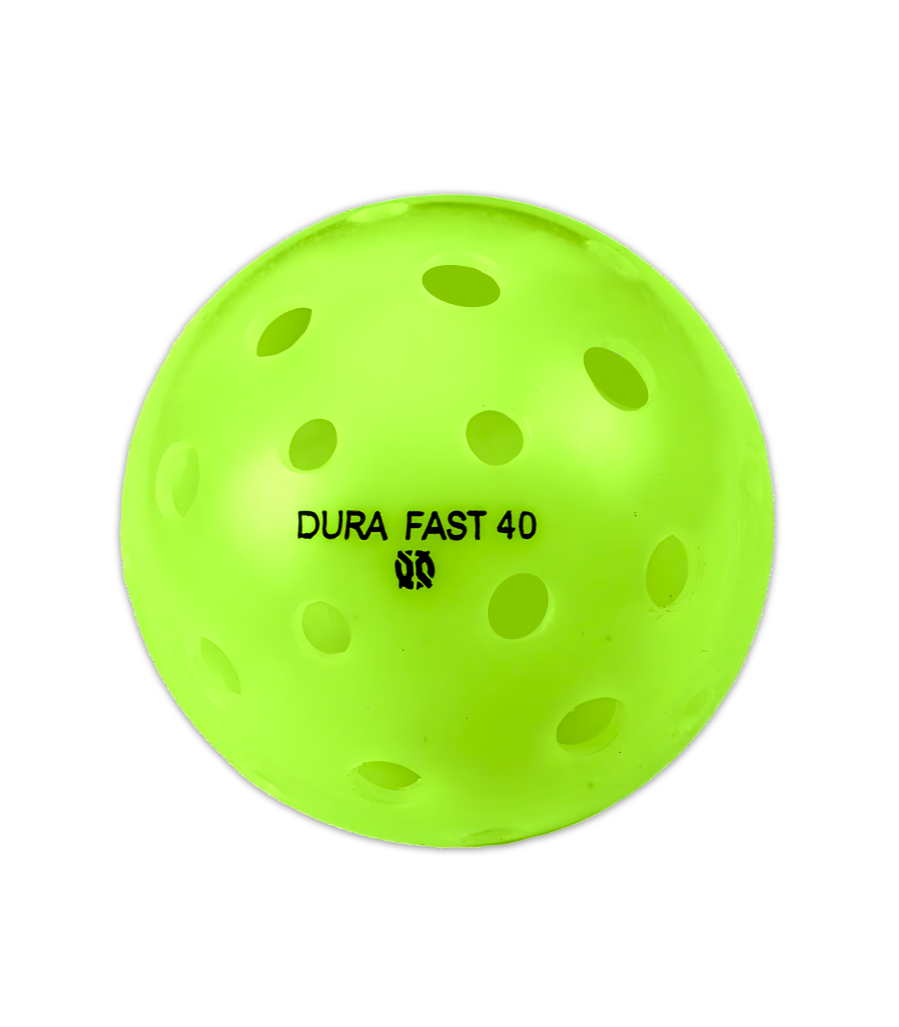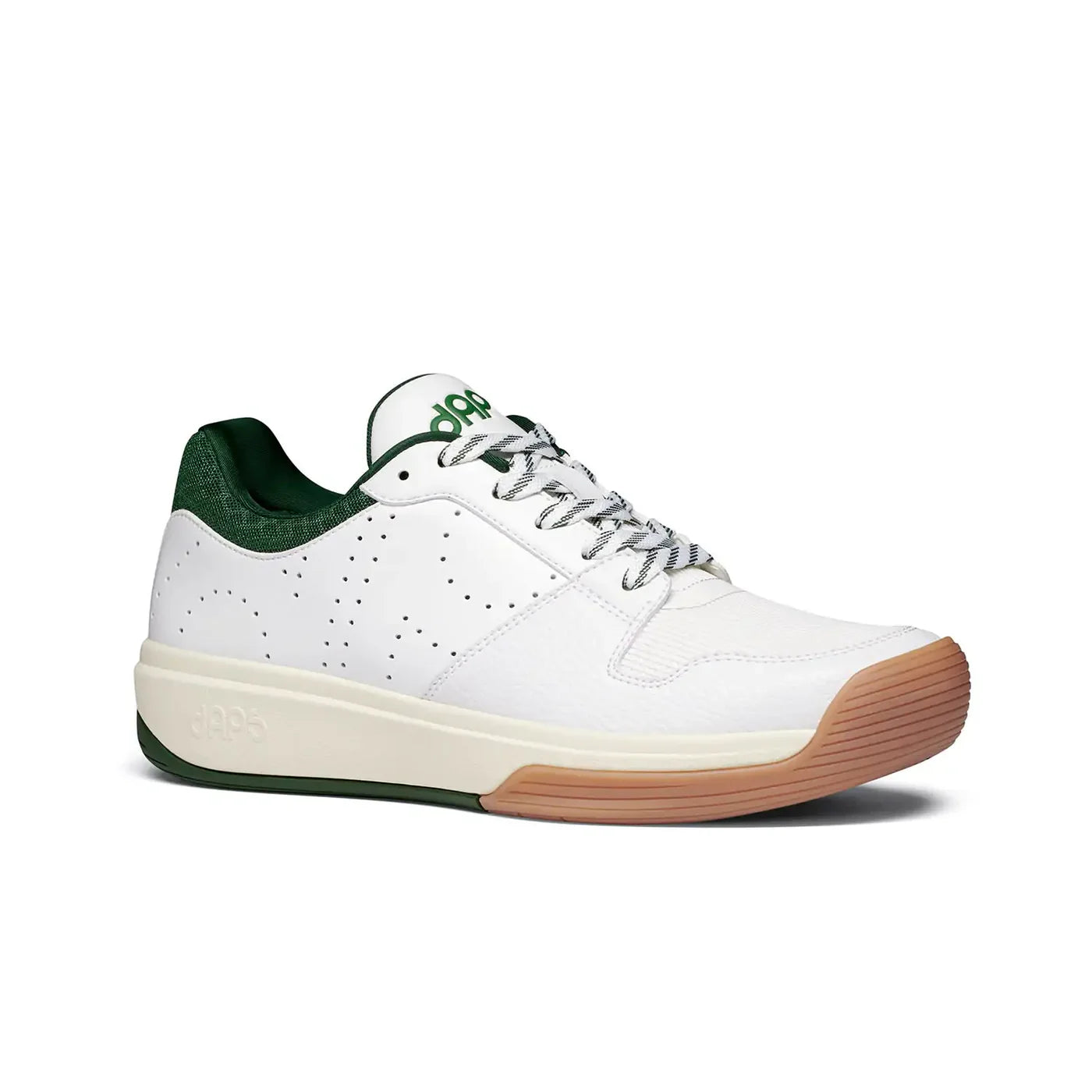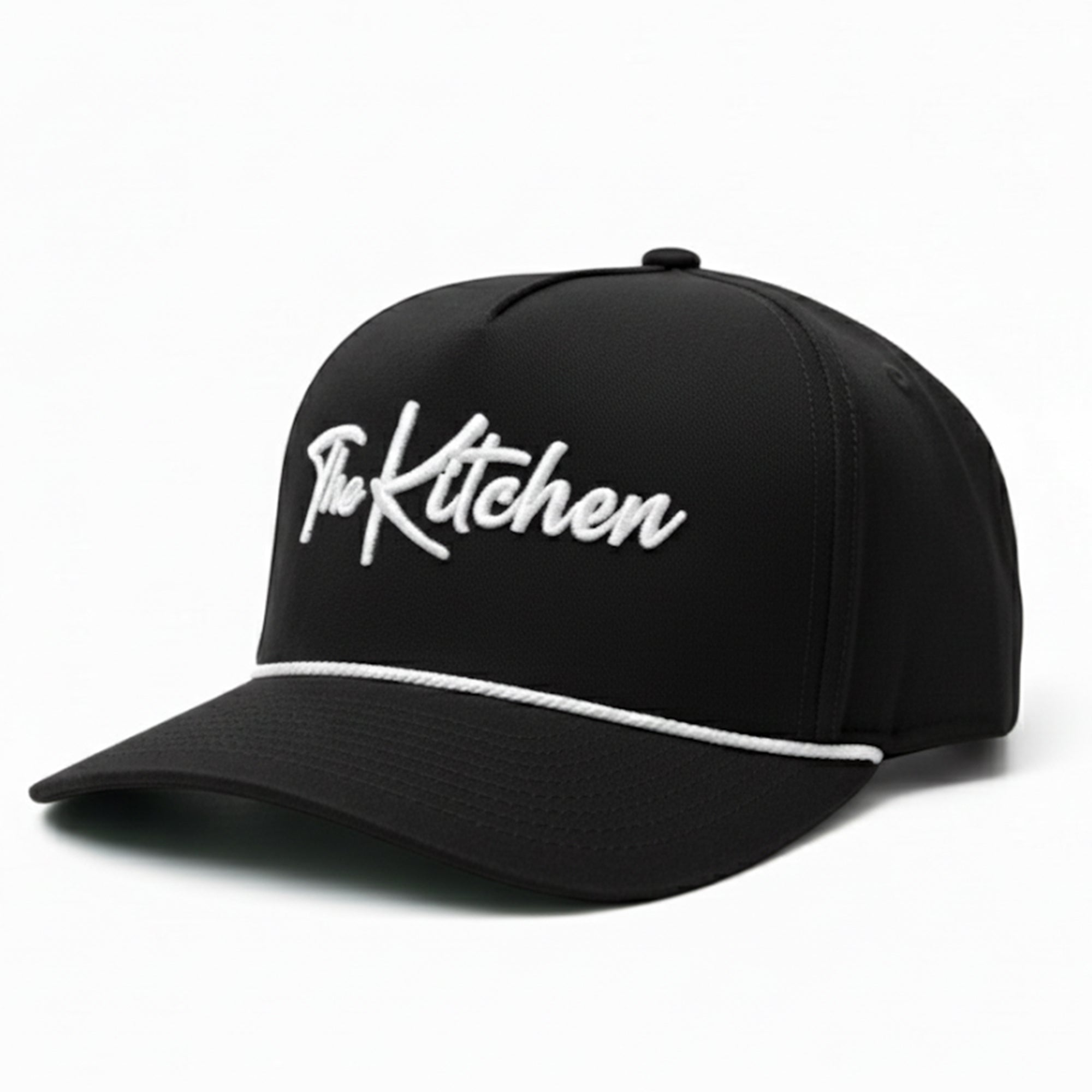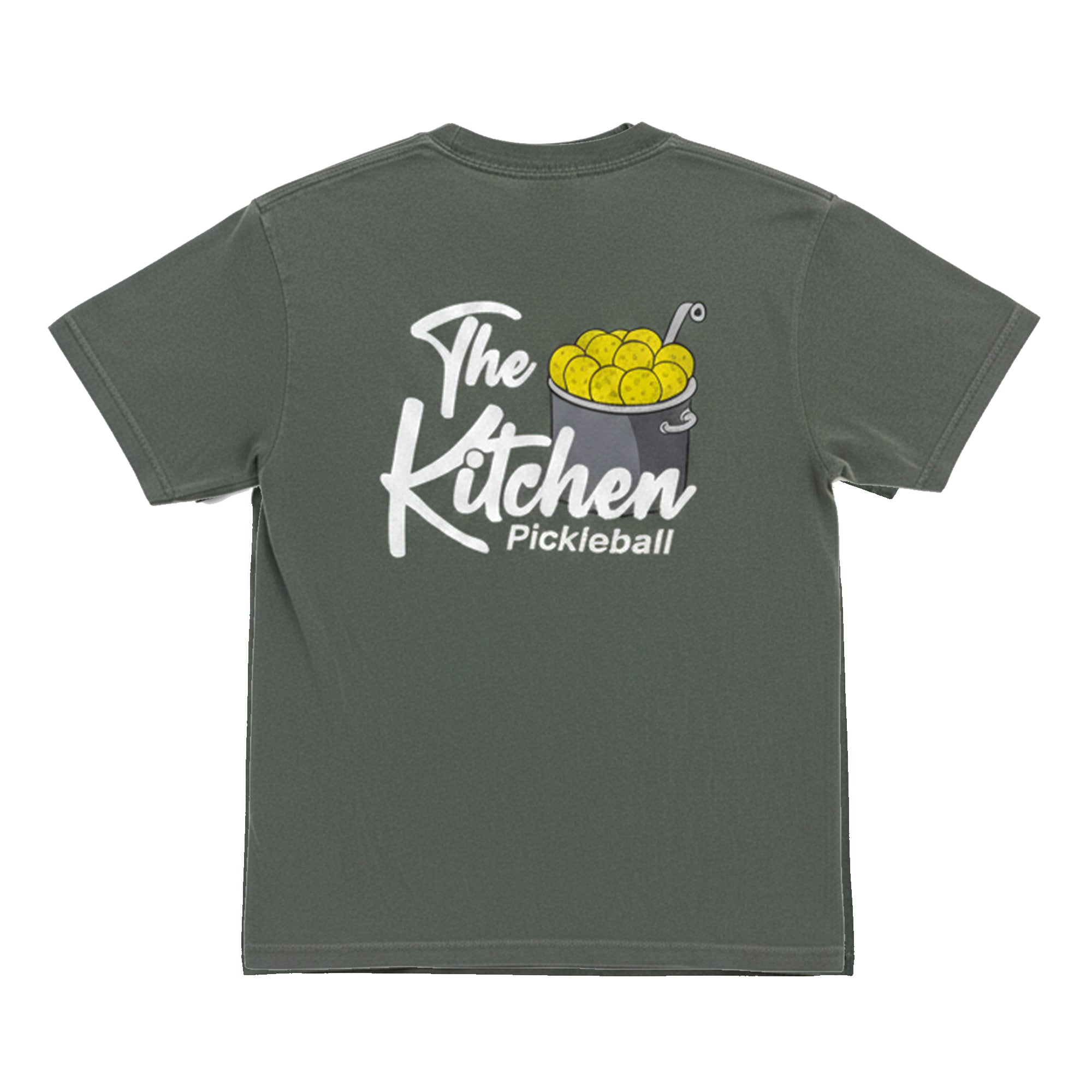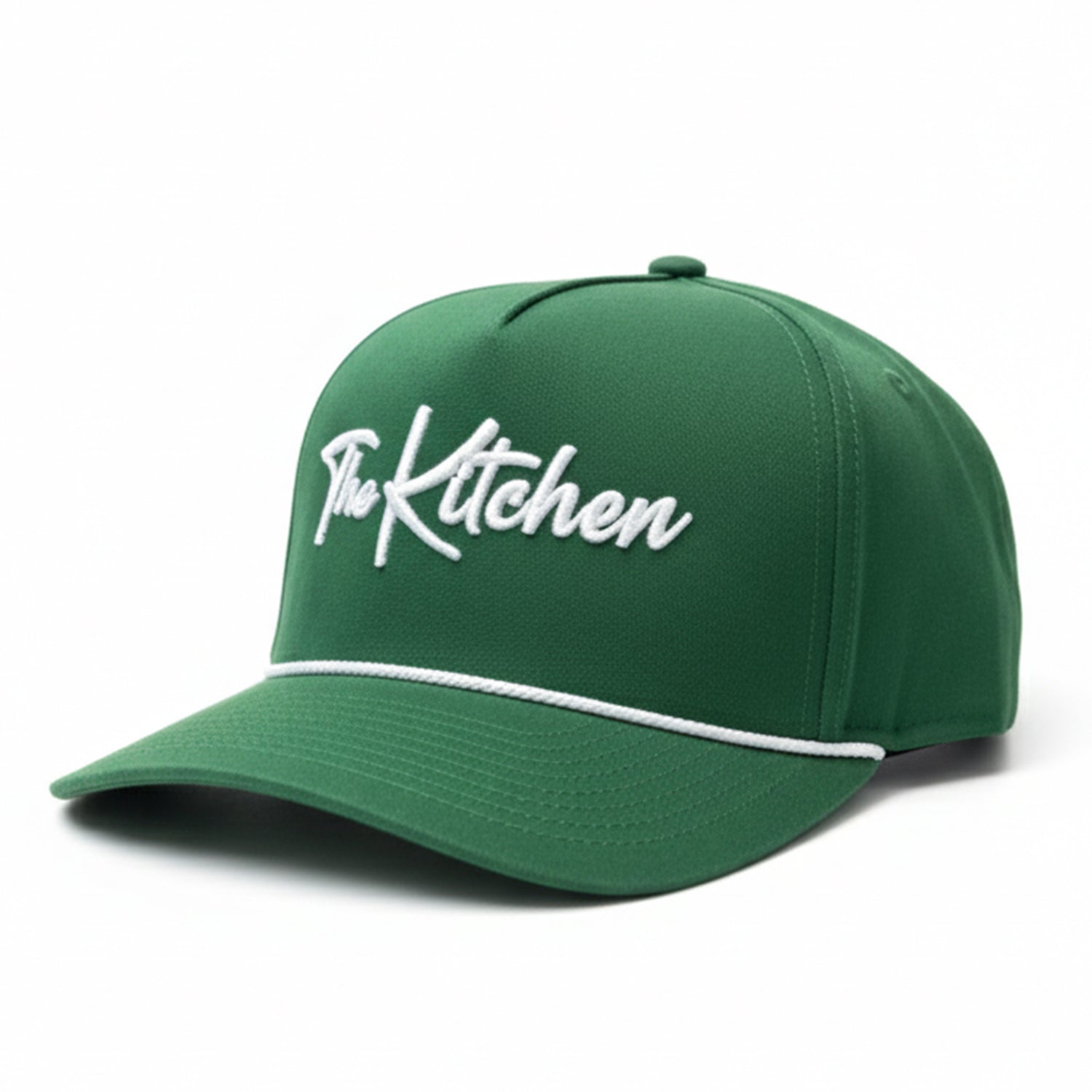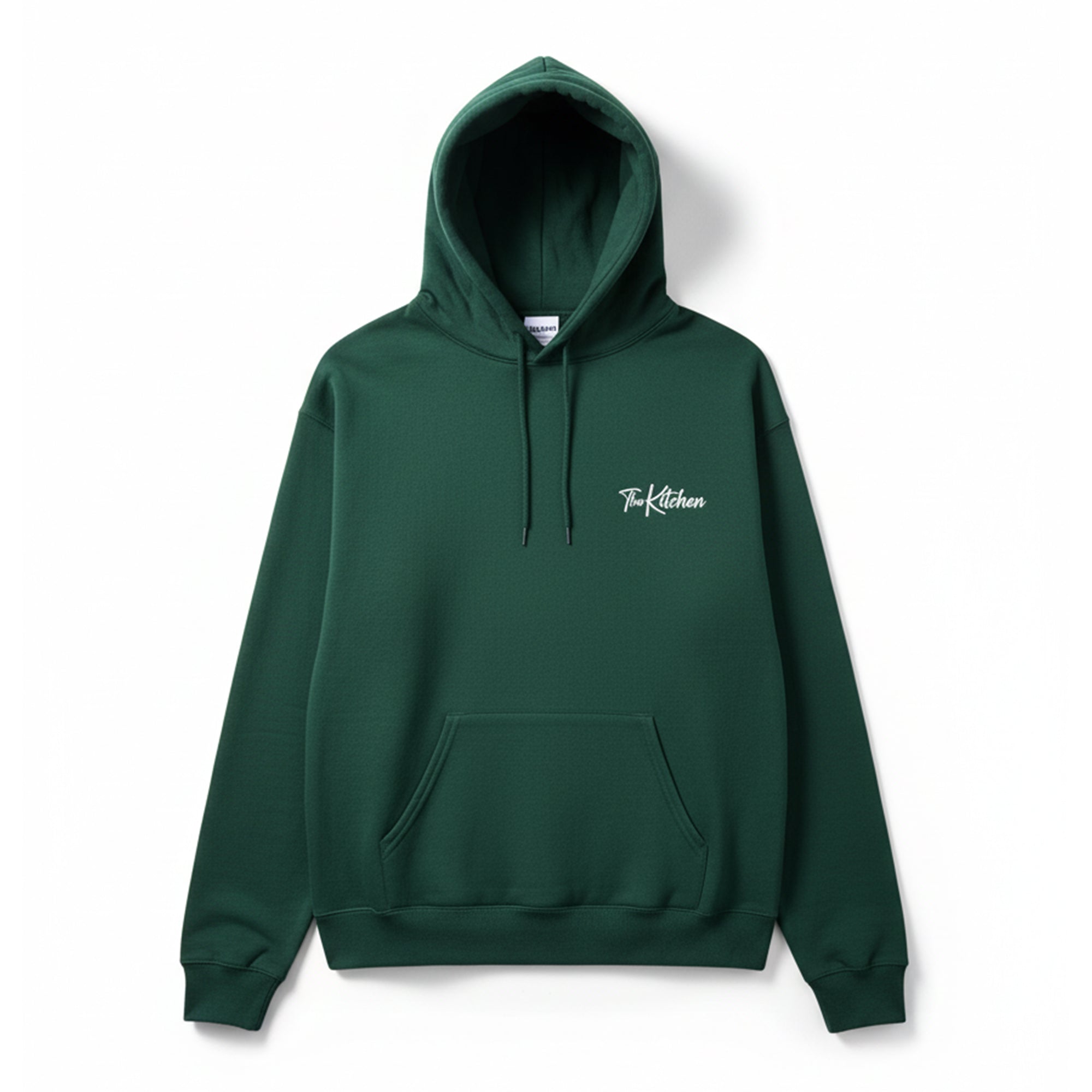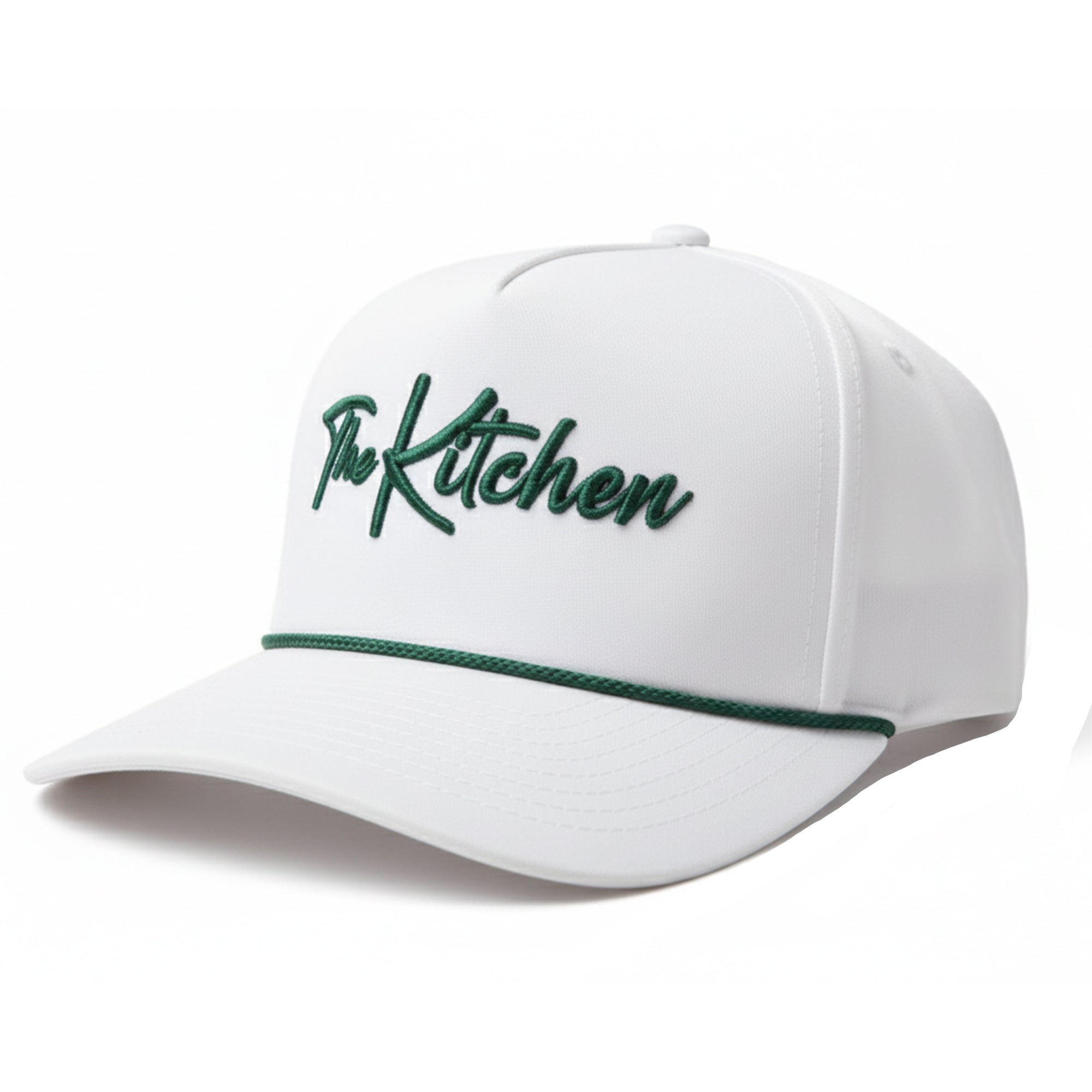Returning Serves in Pickleball: All Your Options, Analyzed
Last Edited
Jan 20 2025
Category
Instruction
Returning a serve in pickleball should be considered one of the most important strategic elements of the game.
The return is a shot that holds surprising power in shaping the flow of the rest of the point.
From placing your opponent on their heels to positioning yourself perfectly for the next exchange, mastering the return is how you seize control.
The primary objective: getting to the kitchen.
The number one goal of the receiving team in pickleball is to get to the kitchen (or Non-Volley Zone) as quickly and efficiently as possible.
With that in mind, let’s break down your options and analyze the strategies behind each one.
Option 1: The Deep, Flat Return
When to Use It: Any time you're facing a big server, or someone who thrives on third-shot drives.
Strategy Behind It: A deep, flat (as in: no spin) return forces your opponent to stay back and hit their third shot from as far away from the kitchen as possible.
The deeper you return, the tougher it becomes for your opponent to execute an aggressive third shot. By keeping the ball low and deep, you also give yourself and your partner plenty of time to move up to the kitchen line without having to defend against an aggressive third-shot drive.
Why It Works: Most players prefer hitting from closer to the kitchen. A deep return means they’re hitting their third shot from near or behind the baseline. The result? They’re off-balance, their options are limited, and the point is tilting in your favor.
- Pros: Keeps opponent at baseline, more time to approach the kitchen.
- Cons: Can be easier for opponents to counter if your return isn't deep; risk of going out long.
Option 2: The High, Lofted Return
When to Use It: When you need more time to get to the kitchen or if your opponent is weak on overhead shots.
Strategy Behind It: A high, slower-moving return gives you plenty of time to move forward while your opponent waits for the ball to come down. This return won’t necessarily put them in a tough position in terms of hitting the ball, but it gives you ample time to establish yourself at the kitchen.
Why It Works: Even if they get a comfortable third shot, you and your partner are already in position at the net, ready to handle whatever they throw at you. The high return buys you time, which is a crucial asset.
- Pros: Gives you plenty of time to get to the kitchen.
- Cons: Higher-level opponents can capitalize on high returns; potentially greater risk for going out long.
Option 3: The Middle Return
When to Use It: When your opponents are indecisive or prone to confusion over who should take balls in the middle.
Strategy Behind It: A return right down the middle of the court limits your opponent's angles and forces them into a decision: “Who’s taking the shot?”
This confusion can lead to errors or weak returns, giving you an opportunity to dictate the pace of the next shot.
Why It Works: Many teams struggle with clear communication when balls come down the middle. Exploiting this with a middle return can lead to hesitation or rushed shots, keeping you in control of the point.
- Pros: Can confuse opponents, limits their attack angles.
- Cons: If mis-hit, it opens up both sides of the court.
Option 4: The Spin Return
When to Use It: Against opponents who are uncomfortable with topspin or backspin.
Strategy Behind It: Spin serves are tricky to handle, but if you’ve mastered the technique, they can be a game-changer.
A heavy topspin return forces the ball to drop quickly after it clears the net, limiting your opponent’s ability to drive the ball.
On the other hand, a backspin (or slice) return can cause the ball to stay low and skid, making it difficult for your opponent to get under the ball for a solid third shot.
The traditional strategy for players under the 4.5 level is to slice-return. However, in higher-level play, many pros currently recommend either a flat or topspin return.
Why It Works: Spin complicates things. When used effectively, it can force weak or mishit returns, allowing you to take control of the point early.
- Pros: Can force weak responses if opponent struggles with spin.
- Cons: Requires precision to avoid giving the opponent an easy shot.
Option 5: Target the Weaker Player
When to Use It: Whenever you’ve identified a weaker opponent, particularly if their third is inconsistent.
Strategy Behind It: This is a classic strategy across all racket sports. If you’ve pinpointed a player who struggles with the third shot, target them relentlessly with your returns. The more you pressure them, the higher the chances they’ll cough up an easy ball or fail to move up to the kitchen.
Why It Works: Pickleball is a game of pressure, and if one player on the opposing team is weaker, consistently targeting them can disrupt their rhythm, leading to forced errors and easy points.
- Pros: Exploits opponent’s weaknesses.
- Cons: Over-reliance can become predictable.
Bonus Strategy: The Lob Return
When to Use It: When you want to reset the point and gain control after a rushed or defensive return.
Strategy Behind It: The lob return, while less common, can be a sneaky way to reset the pace of play and force your opponent to deal with a high, deep ball.
It’s best used when you're struggling to move forward quickly or when you need a moment to recover. The key here is depth—if you can land your lob near the baseline, your opponent has to scramble, and you gain precious seconds to move forward.
Why It Works: While the lob is risky against more advanced players, it’s an effective tool at lower levels or in windy conditions where controlling overheads becomes difficult.
Consistency Is Key
Remember, the return is your chance to control the game. You don’t need to go for winners, you just need to give yourself and your partner the best possible chance to dictate the pace of the rally and move up to the kitchen line.
Read Next: This is What Good Poaching in Pickleball Looks Like
Master these options, mix them up, and keep your opponents guessing.
